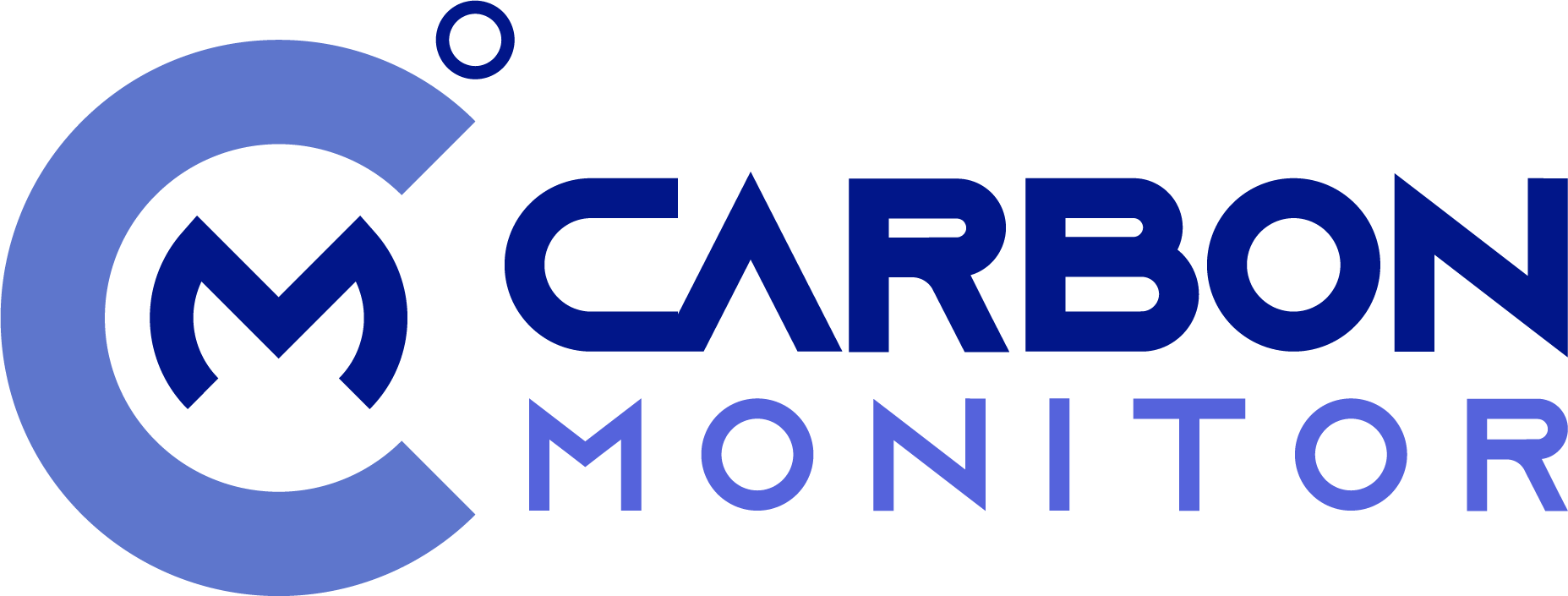Technology plays a major role throughout the voluntary carbon markets: in the generation of offset projects; digital transaction of carbon credits; and visual display of the positive impacts produced from carbon finance. Carbon offset credits, certificates representing the removal or avoidance of one tonne of greenhouse gas emissions, are traded on the voluntary carbon markets between project developers, intermediaries and end buyers.
Project developers create and monetise carbon credits from a variety of activities, most commonly natural climate solutions such as forest conservation and afforestation. There is growing interest in offset credits generated from engineered removal technologies such as direct air capture (DAC), carbon capture and storage (CCS), and bioenergy with carbon capture and storage (BECCS. Due to their complexity, the current use of these technologies to produce offset credits is relatively small and such credits often come with a hefty price premium. However, carbon removal technologies have been highlighted by numerous large companies as a tool to enable them to achieve their ambitious climate commitments, indicating there is growing demand for this credit type. As carbon financing continues to advance and engineered removal activities are scaled up, the role of these technologies within the voluntary carbon market is likely to increase.
Intermediaries, such as offset retailers, act as middlemen between those who supply offset credits and those wishing to purchase the. Market transactions are undertaken digitally. When an offset is created, each tonne of emissions is issued a unique serial number by a voluntary carbon standard. These standards are non-profit organisations who verify and issue carbon credits and hold registries listing the active credits. The serial number can be traced until the credit is permanently sold to an end buyer and is retired on the registry. This process helps to prevent the same tonne of emissions avoided or reduced being claimed by two or more entities (known as double counting/claiming). A company seeking to purchase credits may do so by contacting an offset retailer, a platform which advertises credits generated from a variety of offset projects at a given price. Alternatively, buyers may purchase credits directly from project developers who also retail their credits or the marketing companies which represent them.
One of the major challenges for voluntary carbon trading is ensuring transparency and ease of market access. The implementation of blockchain technology has been highlighted as a potential solution to these challenges. Blockchain, a digital ledger which tracks and records transactions, was developed to facilitate the trade of cryptocurrency such as bitcoin. Within carbon trading, blockchain technology may help to consolidate the highly fragmented voluntary market, reduce offset transaction costs and increase market transparency. If this technology is applied alongside the verification role provided by voluntary carbon standards, it could aid the expansion of the voluntary market, whilst ensuring offset integrity.
End buyers within the voluntary market are predominantly multinational companies from a variety of sectors including banking, oil and gas, and airlines. However, individuals, organisations and governments also buy credits. Offset credits are purchased voluntarily for reasons such as to pursue emissions reduction targets, improve public image or promote social responsibility. Some offset projects come with additional co-benefits such as community development, job creation and biodiversity conservation, which are very important attributes for the purchasers. Buyers are often willing to pay a premium price for offsets that create desired co-benefits as this enables them to portray the impact of their investment to their stakeholders more clearly. Companies utilise several forms of media technology to publicise their projects such as videos, images and diagrams. Buyers may develop this technology in-house or purchase it from offset retailers and project develops along with the credits themselves. The visual aspect of this media helps bring the project to life for stakeholders and tell the story of the carbon benefit alongside the wider social, environmental and economic benefits.
Technology will always have an integral role in carbon trading, influencing how credits are generated and transacted, as well as how the project benefits are portrayed to relevant stakeholders. As the market develops, the distinction between project developers, intermediaries and end buyers is likely to become less defined. The increasing flow of carbon finance into the voluntary market may see rapid developments in the types of technologies utilised by different market actors.









